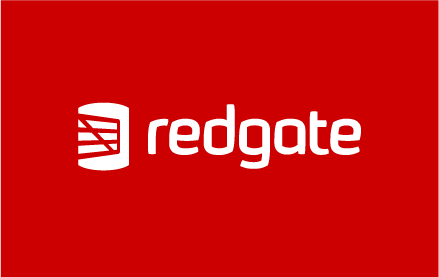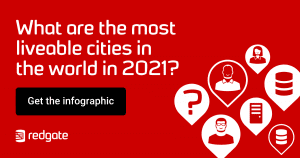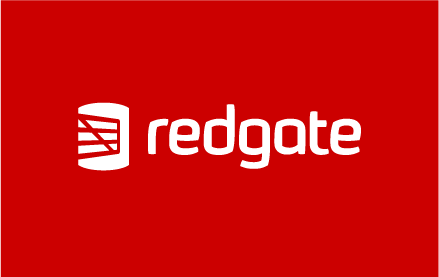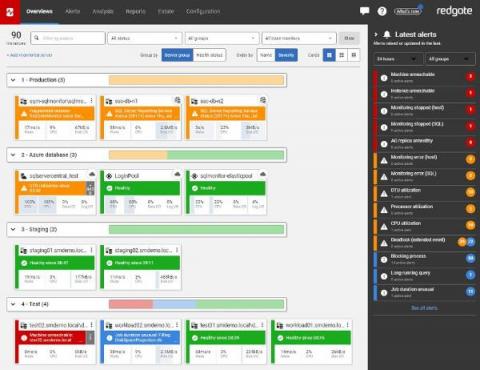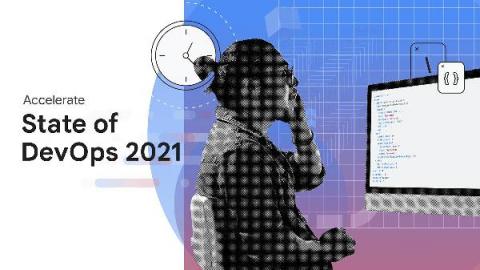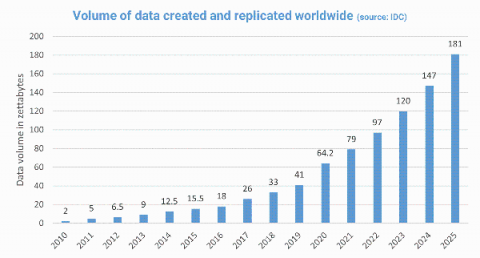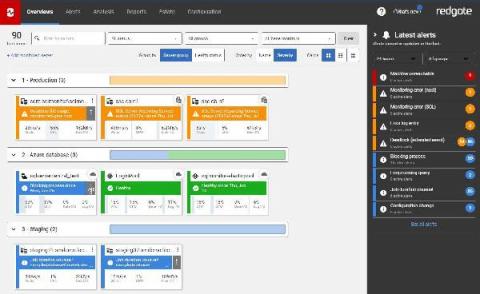The Autumn Budget and what it means for IT Teams in the NHS
With all the hustle and bustle of hospitals, hard-working staff, and extensive cutting-edge equipment, we often forget about the invisible infrastructure that underpins our healthcare institutions. They all rely on the backbone of databases, and quick access to the data housed within them, to ensure systems at the front-end run seamlessly.


